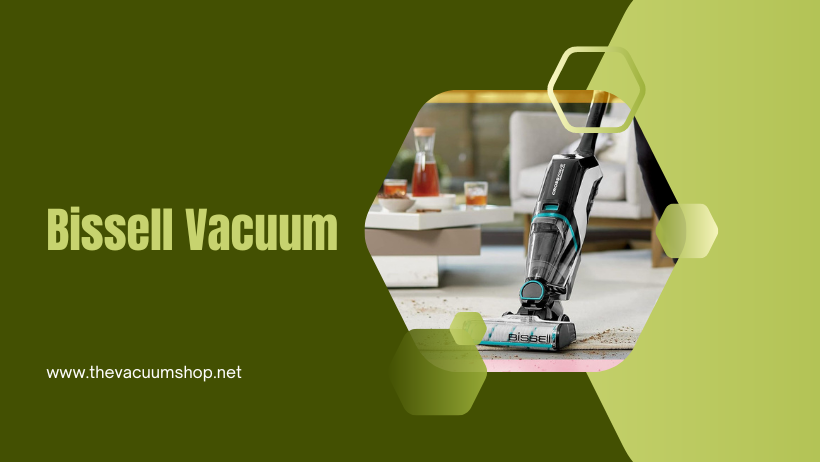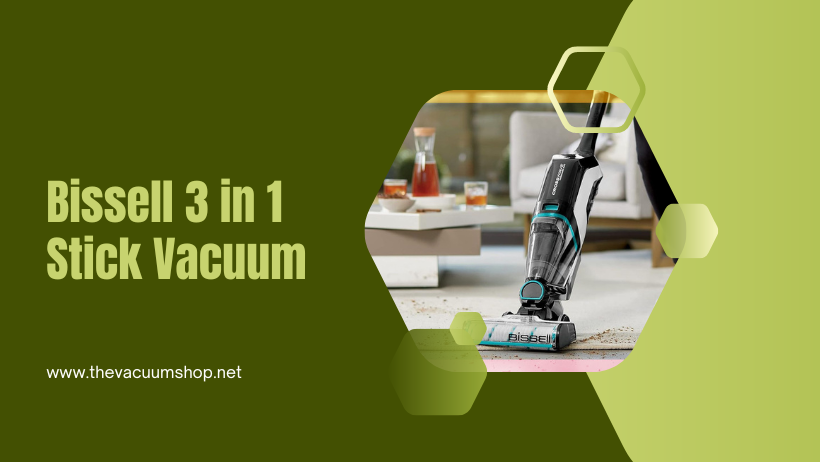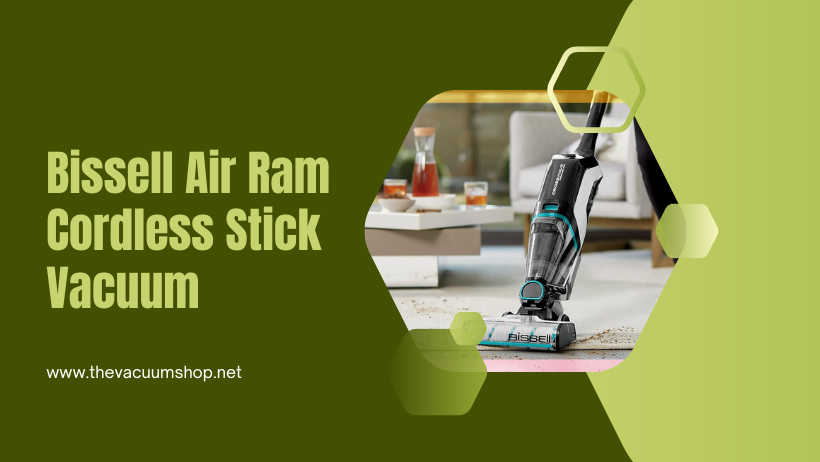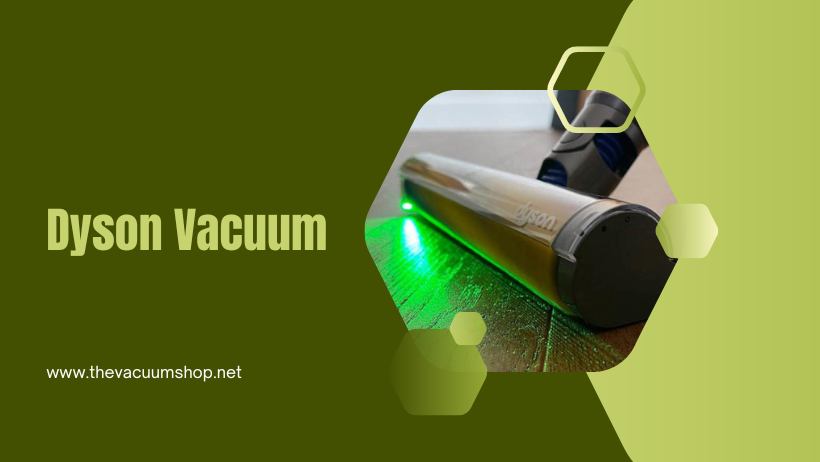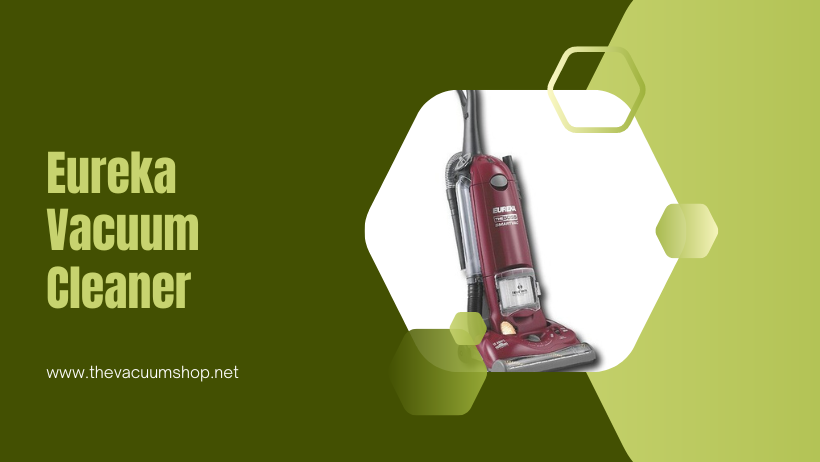Features
Performance
What We Like
What We Don't Like
Cleaning Tasks
Comparison to Other Brands
| Feature | Bissell | Dyson | Shark | Hoover | Winner |
|---|---|---|---|---|---|
| Price Range | Budget-friendly to Mid-Range | Mid-Range to High-End | Mid-Range to High-End | Budget-friendly to Mid-Range | Varies by model & need |
| Popular Types | Upright, Canister, Stick, Handheld | Stick, Cordless Stick, Upright, Canister | Stick, Upright, Robot | Upright, Canister, Stick | Varies by model & need |
| Overall Quality | Generally good for the price, some models excel in specific areas | Known for powerful suction, innovative design, and durability | Strong performance, good value for the price, some models are very lightweight | Mixed reviews, some models are good, others have reliability issues | Varies by model & need |
| Pros | Affordable, good performance for the price, often feature specialized tools | Powerful suction, lightweight and versatile, excellent for pet hair | Lightweight, easy to maneuver, often feature good suction | Affordable, some models offer good performance | Varies by model & need |
| Cons | Can sometimes be less durable than higher-end brands, features may be limited in budget models | Pricey, some models can be heavy, accessories can be expensive | Some models lack power, not always the best for pet hair | Can be noisy, some models have durability issues, sometimes lack features | Varies by model & need |
| Best for | Budget-conscious consumers, families with pets, specific cleaning tasks like upholstery or hard floors | Consumers who prioritize suction power, lightweight design, and innovation | People who want a lightweight, easy-to-use vacuum with good cleaning power | Budget-minded buyers, those looking for basic cleaning features | Varies by model & need |
When it comes to vacuum cleaners, Bissell, Dyson, Shark, and Hoover are all well-known brands that offer a range of models to suit different needs and budgets.
Bissell typically offers vacuum cleaners at a more budget-friendly price range compared to Dyson and Shark, which fall in the mid-range to high-end categories. Hoover also provides budget-friendly options, but can also reach mid-range pricing.
In terms of popular types, Bissell offers a wide selection of upright, canister, stick, and handheld vacuums. Dyson is known for its stick, cordless stick, upright, and canister vacuums, while Shark focuses on stick, upright, and robot vacuums. Hoover's offerings include upright, canister, and stick models.
Bissell vacuums are generally considered good for their price, with some models excelling in specific areas like upholstery or hard floor cleaning. Dyson is renowned for its powerful suction, innovative design, and durability. Shark vacuums are known for their strong performance and good value for the price, with some models being very lightweight. Hoover receives mixed reviews, with some models being good performers, while others face reliability issues.
Bissell vacuums are a good choice for budget-conscious consumers, families with pets, and those with specific cleaning tasks like upholstery or hard floor cleaning. Dyson is often preferred by those prioritizing suction power, lightweight design, and innovation. Shark vacuums are ideal for people who want a lightweight, easy-to-use vacuum with good cleaning power. Hoover might appeal to budget-minded buyers and those looking for basic cleaning features.
Maintenance
To keep your Bissell vacuum cleaner running smoothly, regular maintenance is essential. After each use, begin by emptying the dustbin and then wipe its interior with a damp cloth to remove any remaining dirt or debris.
Next, check the manufacturer's instructions for your specific model to determine how to clean the filters. Most Bissell vacuums have washable filters, but some may need replacing. Wash or replace filters as needed.
Inspect the brush roll for any tangled hair or debris. Use a pair of scissors to carefully trim away any obstructions. If your brush roll has a removable cover, remove it and clean it with a damp cloth.
Remove any dirt or debris from the nozzles and attachments using a small brush or a damp cloth. If your vacuum is losing suction or making unusual noises, check the belt. Worn belts should be replaced.
Consult your user manual for specific lubrication instructions. Some models may require occasional lubrication of the wheels, brush roll, or other moving parts. Finally, store the vacuum in a cool, dry place to prevent damage and wrap the power cord neatly to prevent tangling.
Troubleshooting
If your vacuum cleaner isn't working, there are several things you can check to troubleshoot the issue.
No Power: First, make sure the power cord is securely plugged in to both the vacuum and the outlet. Next, check the fuse or circuit breaker for the outlet to ensure it's not tripped. Then, verify the power switch on the vacuum is turned on. For cordless models, confirm the battery is charged and properly installed.
Weak Suction: A common cause of weak suction is a clogged brushroll. Check the brushroll for debris and ensure it's spinning freely. Examine the hose and attachments for kinks or blockages. A dirty or clogged filter can restrict airflow, so clean or replace it as needed. Finally, a full dustbin or bag will reduce suction, so empty or replace it accordingly.
Vacuum Makes Noise: Start by checking for any obstructions in the hose, attachments, and brushroll. Inspect the brushroll, belts, and other moving parts for wear and tear. A clogged filter can cause the motor to work harder, leading to noise, so clean or replace it. Also, check for any loose parts that might be causing the noise.
Brushroll Not Spinning: First, ensure the brushroll isn't tangled with debris or cords. Then, inspect the belt for wear and tear or breakage and replace it if necessary. If the brushroll motor is faulty, it may need to be replaced.
Vacuum Leaking/Spitting: A full dustbin or bag can cause the vacuum to leak or spit debris. Inspect the seals around the dustbin/bag and hose for damage or wear and replace them if necessary. A dirty or clogged filter can also cause leaking or spitting, so clean or replace it as needed.
Vacuum Not Picking Up Dirt: Check to see if the brushroll is spinning and not clogged with debris. Adjust the height of the vacuum head to match the type of flooring you are cleaning. A dirty or clogged filter can reduce suction and prevent the vacuum from picking up dirt. Finally, look for any blockages in the hose, attachments, or brushroll.
Conclusion
Choosing the right vacuum cleaner can be a daunting task, with numerous brands and models catering to diverse needs and budgets. Bissell, Dyson, Shark, and Hoover are prominent players in the market, each offering unique strengths and weaknesses. Bissell shines in affordability and versatility, while Dyson prioritizes power and innovation. Shark excels in lightweight design and value for the price, while Hoover caters to budget-conscious buyers seeking basic cleaning features.
Ultimately, the best vacuum cleaner for you depends on your individual needs and priorities. Consider your budget, desired features, cleaning tasks, and preferences for maneuverability and design when making your decision.
This guide provides a comprehensive overview of Bissell vacuum cleaners, including their strengths, weaknesses, maintenance tips, and troubleshooting advice. With this information, you'll be equipped to choose the best Bissell model for your home and keep it running smoothly for years to come.


